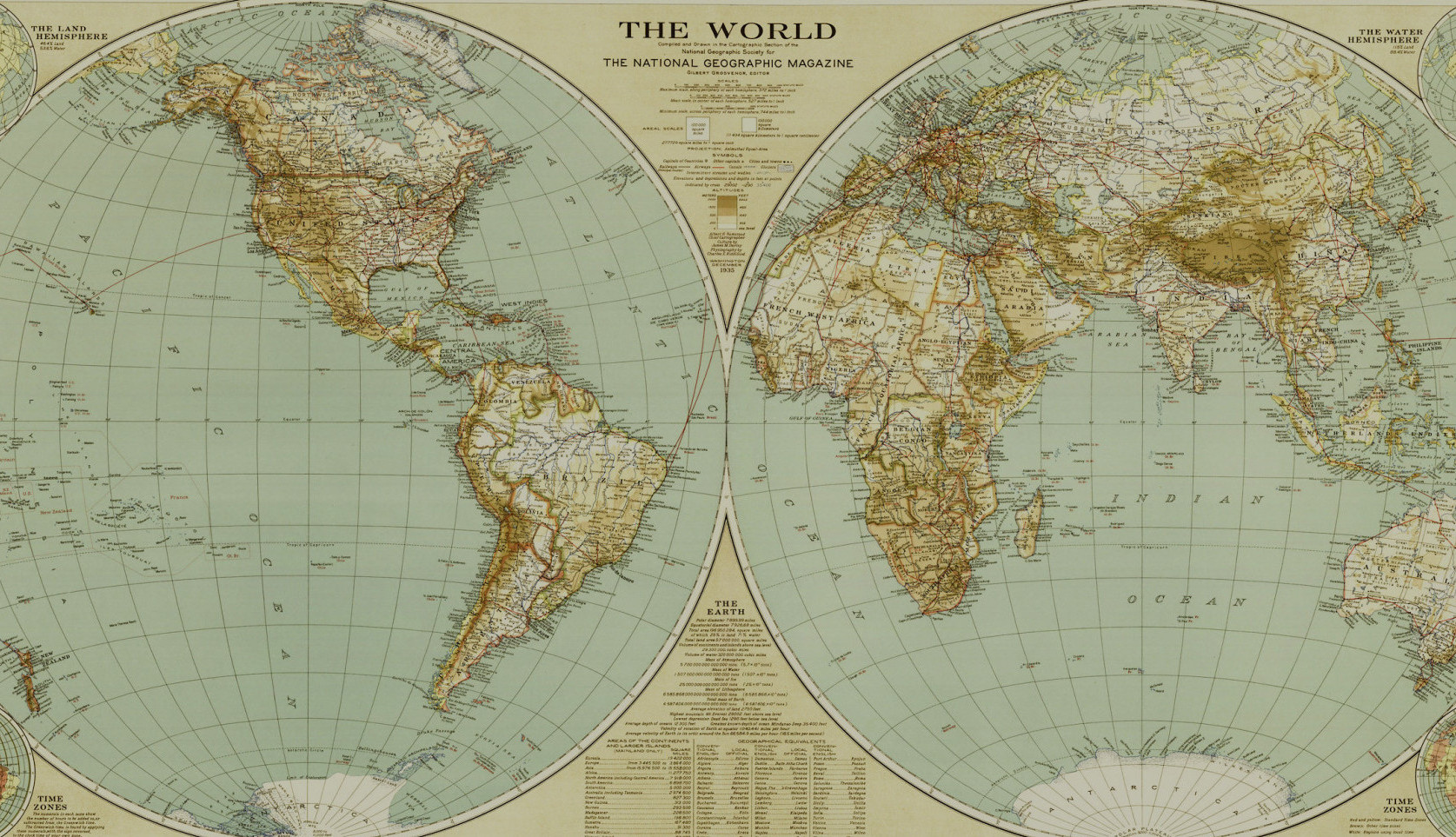Although I was only in South Africa for two weeks it was a very full experience. After arriving in Cape Town and visiting Robben Island I met up with some of the Pinnacle Point archaeology team and we set off east towards Mossel Bay. Along the way we stopped for lunch at the Bon Courage Estate and sampled some of South Africa’s famous wines. The journey through the Western Cape was breath-taking: rolling hills and mountains interspersed with vineyards and pastures. As we approached our destination the skyline opened up and I had my first glimpse of the Indian Ocean. There was nothing but water between me and the Antarctic.
I wanted to make good use of my short time in South Africa and see as much of the area around Mossel Bay as I could. My first port of call was the Bartolomeu Dias Museum Complex which houses the Shell Museum, the Maritime Museum, a small indigenous botanical garden walk and the lovely thatched Munrohoek Cottages built in the early 1830’s. The main feature of the museum complex is the Bartolomeu Dias, a replica of the 15th-16th century Portuguese caravel ship that was the first European vessel to enter Mossel Bay. Also on the museum grounds is the oldest post-box in South Africa. The story goes that the Europeans who first visited the area used to leave messages in a shoe tied to a particular tree and the next Europeans to visit the spot would pick up the note and pass it on. Today you can still post your mail from the large shoe-shaped post-box and it gets a special stamp.
A must do in Mossel Bay is the St. Blaize Trail. Stretching along the sea cliffs for 13.5 km you can walk from Dana Bay to the important archaeological site of St. Blaize Cave in Mossel Bay. This is a great way to experience the biodiversity of the Cape Floristic Region; this is the smallest of the world’s six floristic regions but contains 1500 genera, 30% of which are found nowhere else on earth. When we did the walk the aloes were in flower and their orange blossoms stood out like torches among green the winter growth. Also to be seen on the trail are Dassies (Cape/rock hyrax), a little mammal whose closest relatives are actually the elephant! Conveniently, the cave at the end of the trail is on the Mossel Bay Point, where you can enjoy some well deserved fish & chips. If you are lucky a pod of dolphins may swim by while you are relaxing on the terrace.
Another highlight was the big braai the archaeology team enjoyed together every Friday. This is a particular way to BBQ that involves burning a log fire down to coals before cooking – a process that can take a few hours. All the South Africans I met were very particular about this: any mention of speeding it up was met with scorn. The result is, of course, delicious! Meat cooked on the braai takes on a wonderful smoky flavour that cannot be achieved on a gas grill. My favourite is the boerewor – a long coiled sausage that is spiced in a way I have never tasted outside of South Africa. Pair that with a robust South African wine and you have a good evening ahead of you!
It was wonderful to finish up my time in Mossel Bay with a tour of the Pinnacle Point Cave complex with none other than Prof. Curtis Marean himself. After spending a week gazing out on the ocean waves from the 5-6 cave in the cliff side it was a real treat to have the geology of the area explained. In the past the coastline was much further away from the cave shelter than it is today and it’s difficult to imagine the now rough and dangerous coast as a grassy plain with herds of animals moving across it. The people who were living in the cave shelter would have experienced a much different landscape than we do. That is one of the most intriguing things about archaeology: using scientific evidence to reconstruct the past in our minds.
Here are a few links if you are interested in some information about Mossel Bay, the Cape Floristic Region, and the South African Garden Route:
Cape Floristic Region: Wikipedia
The Garden Route: Lonely Planet
